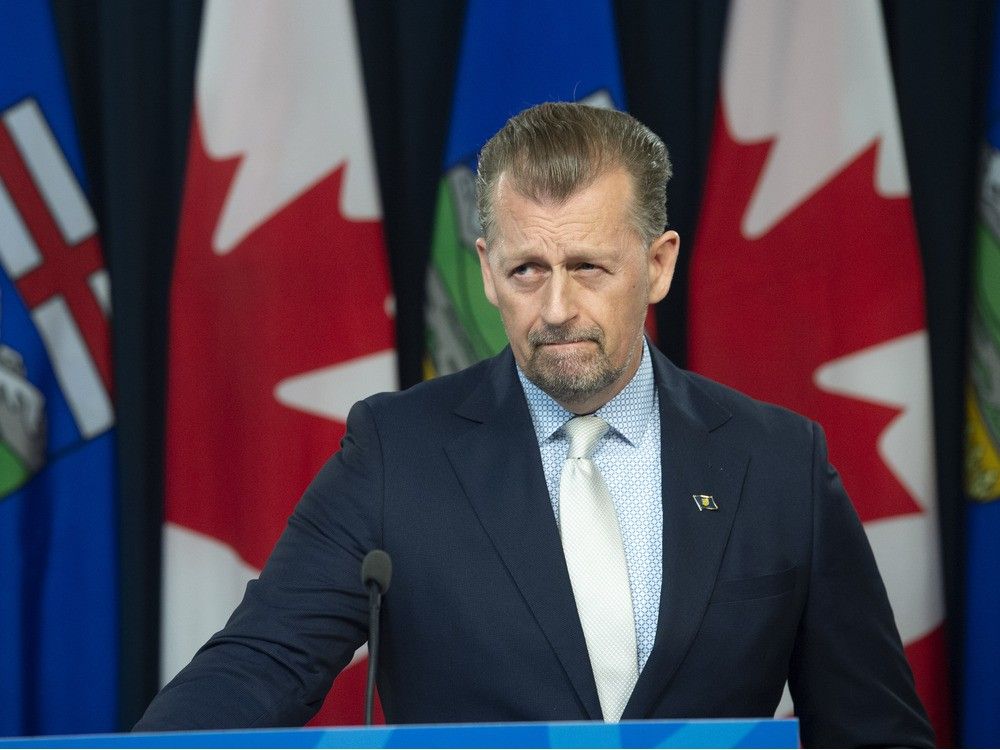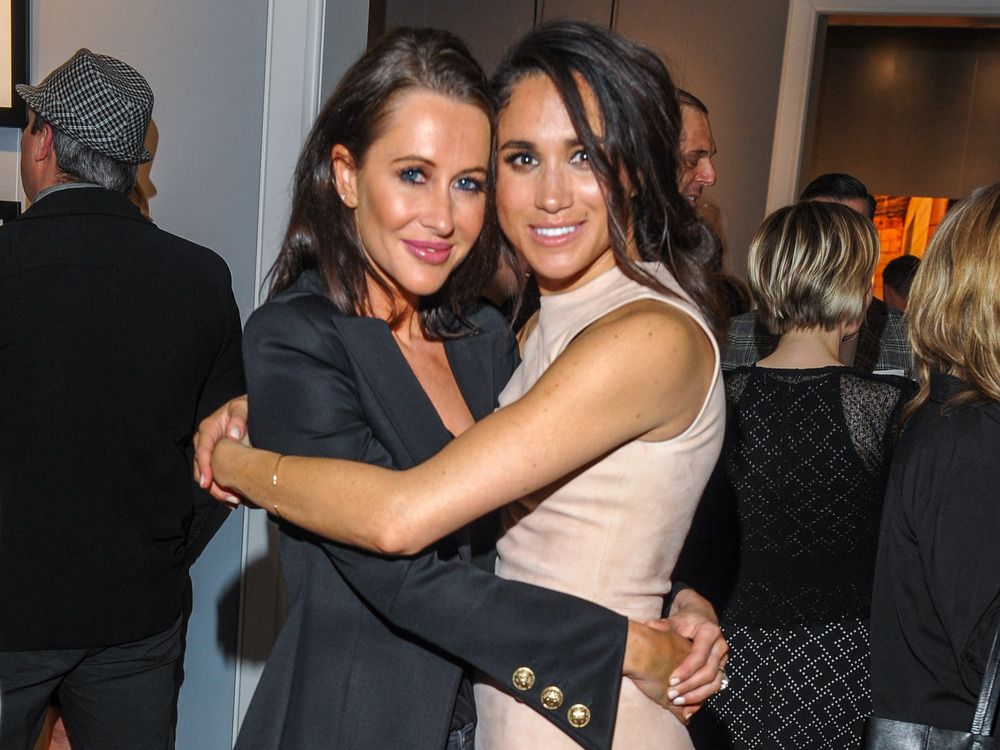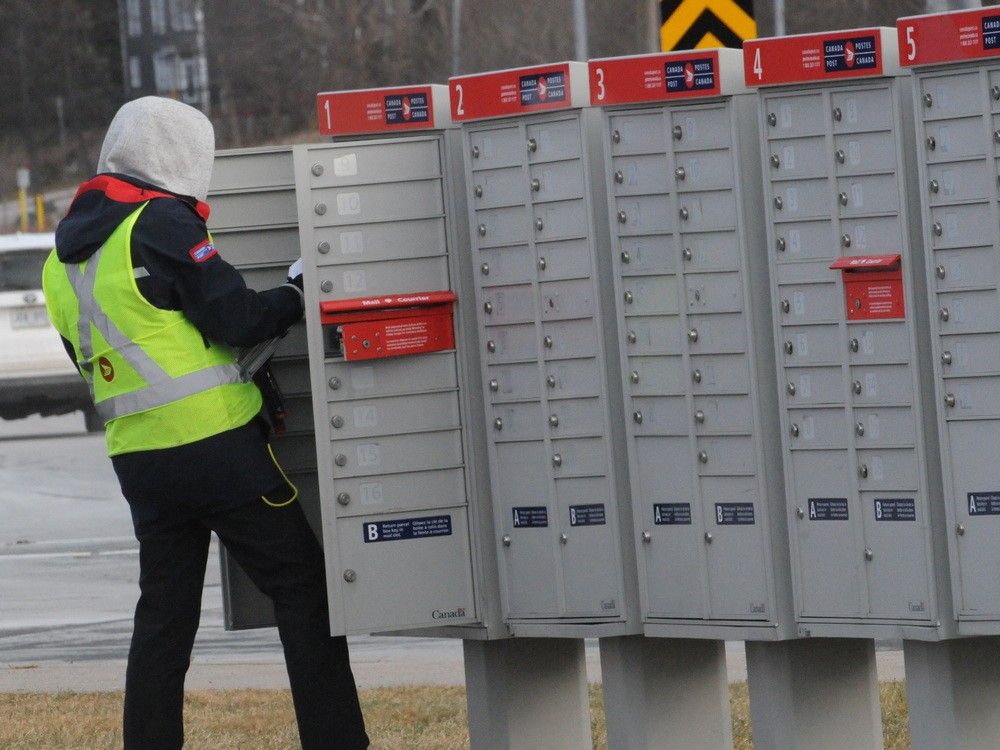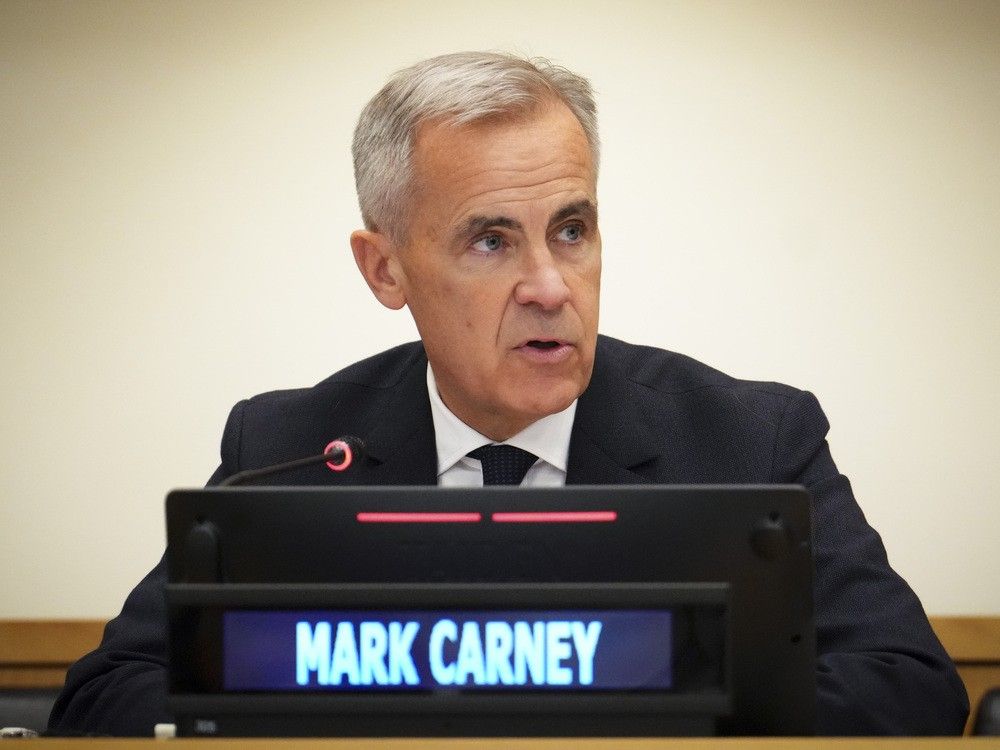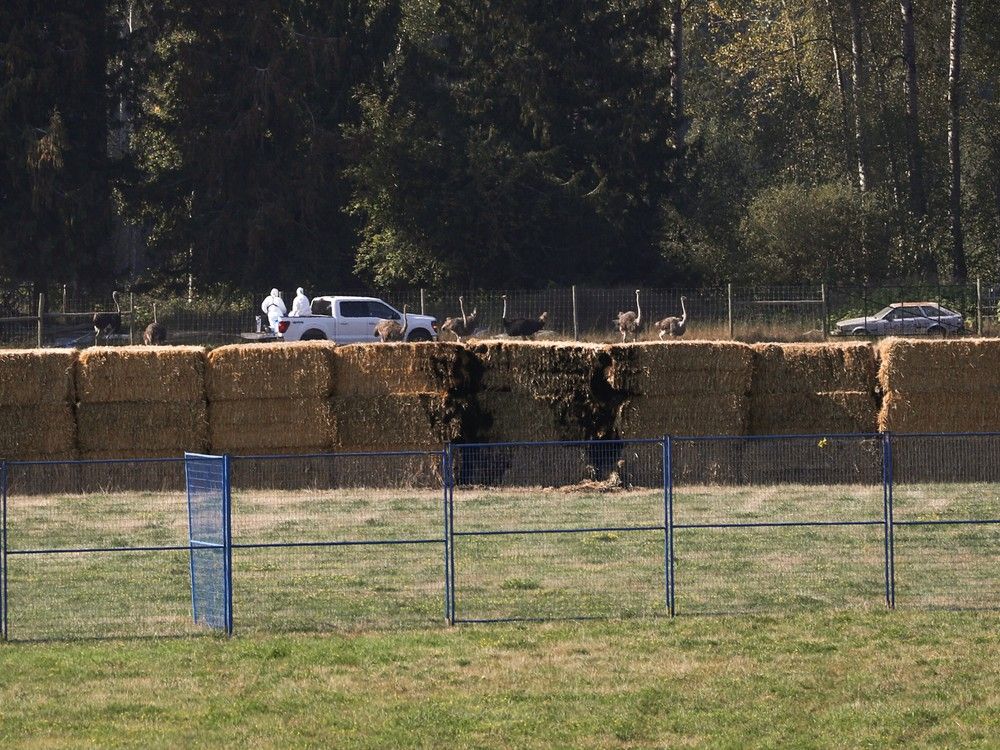
There are hundreds of speed cameras throughout Ontario, and though police and many others say the devices are causing drivers to slow down, the province could soon require cities and towns to shut them down.
Premier Doug Ford, whose government finalized automated speed enforcement (ASE) legislation in 2019, did a 180 on the traffic calming measure in September, saying they are ineffective at slowing drivers down and calling municipal programs “nothing more than a tax grab.”
Thursday, the premier, joined by a trio of mayors aligned with his cause, reiterated his feelings about the technology and announced forthcoming fall legislation to bring an end to Ontario’s ASE era, “to protect taxpayers and drivers and stop them from being gouged.”
“As municipalities have seen how easy it is to make a quick buck by installing new speed cameras, more and more cameras have been set up across Ontario,” he said during
a press conference at a municipal facility in Vaughan
, a city whose council just passed a motion to bring its program to an end.
Ford argued that the only people slowing down for the cameras are local residents already aware of them. The thousands of others passing through daily, most of whom he said are “going just a few kilometres over the speed limit,” are not aware, and they’re the ones getting penalized the most. He pointed to the hundreds of thousands of Ontarians who have received fines as evidence that the program is not working.
“When you’re issuing 65,000 tickets in three months, that’s not slowing people down,” he said, referring to a single camera in Toronto he claimed has resulted in nearly $7 million in fines.
If municipalities are serious about getting drivers to slow down, Ford said they should employ other proven “proactive traffic calming measures,” and he announced a new provincial fund to help pay for them.
It includes the installation of large speed warning signs and flashing lights in school zones where cameras have been turned off.
“It also includes speed bumps, roundabouts, raised crosswalks, curb extensions, and other types of enforcement that will keep communities safe without squeezing more money out of the taxpayers,” Ford said.
Here’s everything you need to know about speed cameras in Ontario.
When did Ontario introduce legislation on speed cameras?
The government of former premier Kathleen Wynne first introduced and passed legislation to allow them in
, but the Liberals lost the election to Doug Ford and the Progressive Conservatives before implementing the regulations.
Ford’s government finalized the regulations in
, allowing ASE cameras to be used on local roads in school and community safety zones where the speed limit is 80 km/h or less.
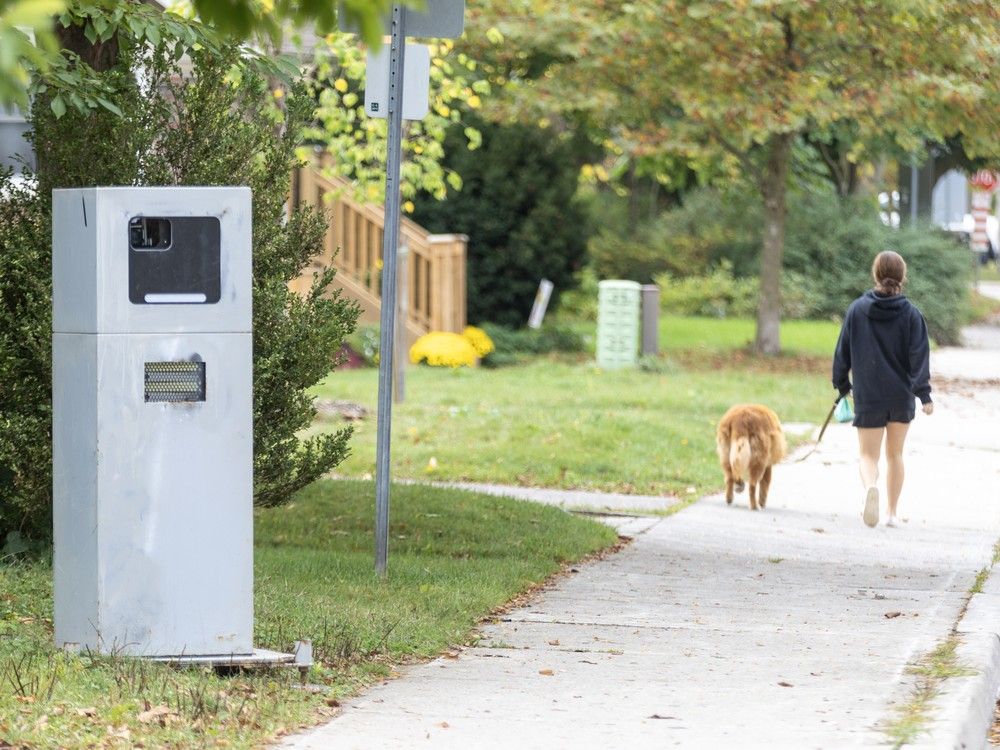
How do they work?
Inside every ASE is a camera and a radar device to determine the speed of a vehicle. When a vehicle moving above the posted speed limit passes by, the ASE takes a photo of the license plate, which is reviewed by a provincial offences officer to verify the speeding. The photo, which shows the date and time of the offence, and a speeding ticket are then mailed out to the registered owner of the vehicle.
According to
, how much a driver is fined will depend on how many kilometres over they were travelling — $3 per kilometre for less than 20 km/h over; $4.50 for 20 to 29, $7 for 30 to 50, and $9.75 for 50 km/h or more.
That means someone caught going 35 km/h over will receive a fine of $245
The fines don’t affect a driver’s record or result in demerit points on their license.
How many speed cameras are there and where are they?
According to Ford, the devices are used in 37 of the province’s 444 municipalities. While it’s difficult to determine precisely how many are currently active throughout the province, the number has been climbing annually and several cities and towns have promised more this year.
Toronto added
, bringing its total to 150, the precise locations of which can be found on the
With 185 cameras, Brampton claims to be the
“largest municipal ASE program in the country.”
Ottawa counts 60, but is in the process of
, and Mississauga has 22 existing with
plans to install a further 60 by 2029.

A sign advising of new automated speed enforcement cameras coming in Ottawa.ASE use isn’t limited to large cities. Smaller places like
and
have also invested in ASE technology, though on a significantly smaller scale.
Some municipalities with existing cameras are following Vaughan’s lead to end their programs before the legislation is tabled, including Kitchener and Barrie, whose respective mayors, Berry Vrbanovic and Alex Nuttall, joined Ford on Thursday.
Ford also indicated that Whitchurch-Stouffville Mayor Iain Lovatt plans to eliminate them in his town.
How much revenue are speed cameras generating for municipalities?
With thousands of tickets being mailed out each month, Ford isn’t wrong when he says towns and cities are pulling down millions of dollars through ASE programs.
It’s important to note that municipalities don’t own the cameras; rather, they have contracts with manufacturers in Canada and the U.S. who are paid a portion of the revenue for operating the service.
A spokesperson for the City of Toronto said roughly $40 million in fines were meted out in 2024 and this year’s total has already surpassed $45 million as of early September, according to
. National Post has contacted the city for more information.
ASE cameras in Ottawa, meanwhile,
brought in $29 million in 2024.
The Waterloo Region is anticipating $9.8 million this year, almost half of which ($4.8 million) is needed to cover operating costs, with the remainder set aside for future road safety initiatives, as reported by
.
Guidelines set out by the
require that net ASE revenues be reinvested into road safety programs.
Returns have been more modest for municipalities with smaller programs, such as Sudbury, which pulled in about
In others, like Guelph, the program is considered revenue-neutral, according to
Thursday, Ford alleged municipalities were putting the money “into the general coffers.”
“This is all about money,” he said. “This is all about a cash grab off taxpayers.”
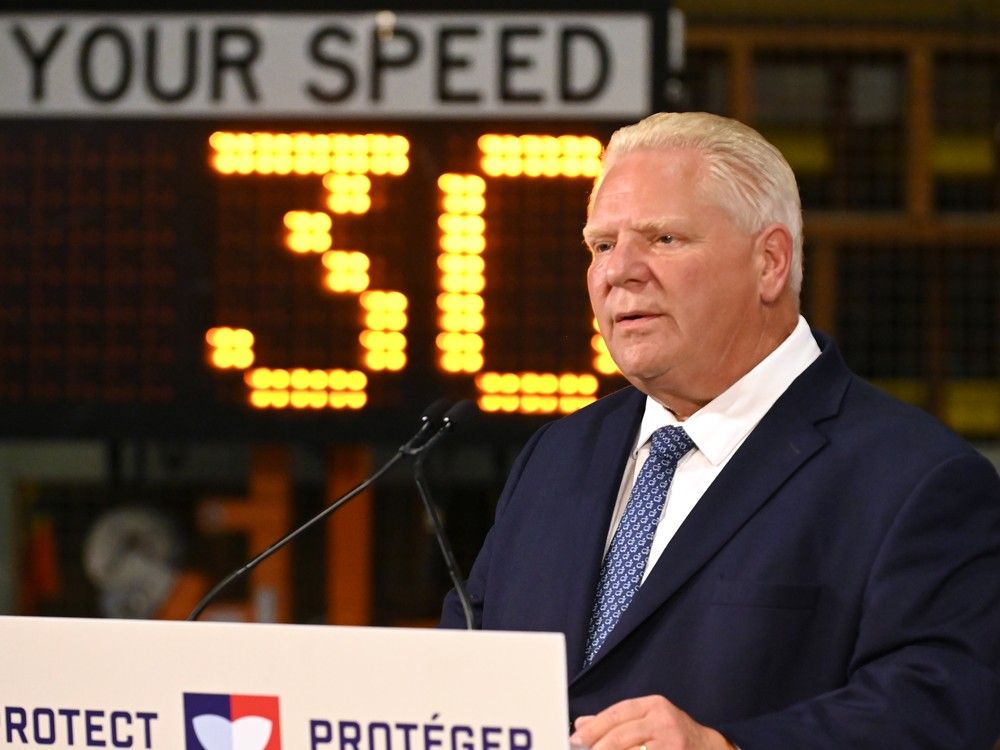
Why are speed cameras making the news now?
Ford’s initial comments about doing away with ASE devices first arose in early September, following reports of cameras in Toronto being repeatedly vandalized.
On Sept. 9, the
reported that 16 cameras were damaged overnight, one day after the pole-mounted camera on Parkside Drive was cut down. It was the seventh time since last November that particular camera had been vandalized, according to
Three more were vandalized three days later, as reported by
.
“As of Sep 9, 2025, there were 841 incidents of vandalism reported to the City of Toronto,” a spokesperson told National Post via email. “These includes incidents of minor damage such as graffiti that do not require the systems to be taken offline.”
Ottawa has also dealt with its share of vandalism, as reported by
, as have other communities, though not to the extent Toronto has experienced.
The cost of repairs is not borne by the municipality or taxpayers, but by the company that owns the device.

Are speed cameras actually getting drivers to slow down?
While Ford is adamant that ASE devices don’t work, plenty of others disagree and attest to their effectiveness as a traffic calming tool.
The Ontario Association of Chiefs of Police (OACP) said the technology is a proven, evidence-based way of tackling speeding and countered the assertion that it’s used
“Its purpose is deterrence and prevention — helping to change driver behaviour and reduce collisions,” the OACP wrote in a statement. “By complementing traditional police enforcement, ASE also frees up police resources to focus on other pressing public safety priorities.”
A
by researchers at The Hospital for Sick Children and Toronto Metropolitan University, published this summer, found that speed cameras reduced the number of speeding vehicles in urban school zones by 45 per cent and “the maximum speed travelled by 85 per cent of vehicles, fell by an unexpected 10.7 km/h.”
“We know speed cameras work, according to all the research, especially from SickKids,” Toronto Mayor Olivia Chow said Wednesday, per
.
Brampton is proud of its ASE program, which it said has resulted in an
average speed reduction of nine km/h
across all its 185 sites, and an average 38 per cent increase in speed limit compliance.
Mayors James Leduc of Bradford and Innisfil’s Lynn Dollin both told
that ASE devices are working.
“Speed cameras are not a cash cow,” Leduc said. “They’re part of our strategic plan for community safety overall.”
A survey of 1,500 Ontario drivers conducted by
in March, meanwhile, found that 73 per cent reduce their speed when approaching a known ASE camera and 52 per cent said they’re unlikely to speed up after they pass the zone. Roughly half the respondents (46 per cent) said they avoid using roads governed by ASE.
Our website is the place for the latest breaking news, exclusive scoops, longreads and provocative commentary. Please bookmark nationalpost.com and sign up for our newsletters here.





